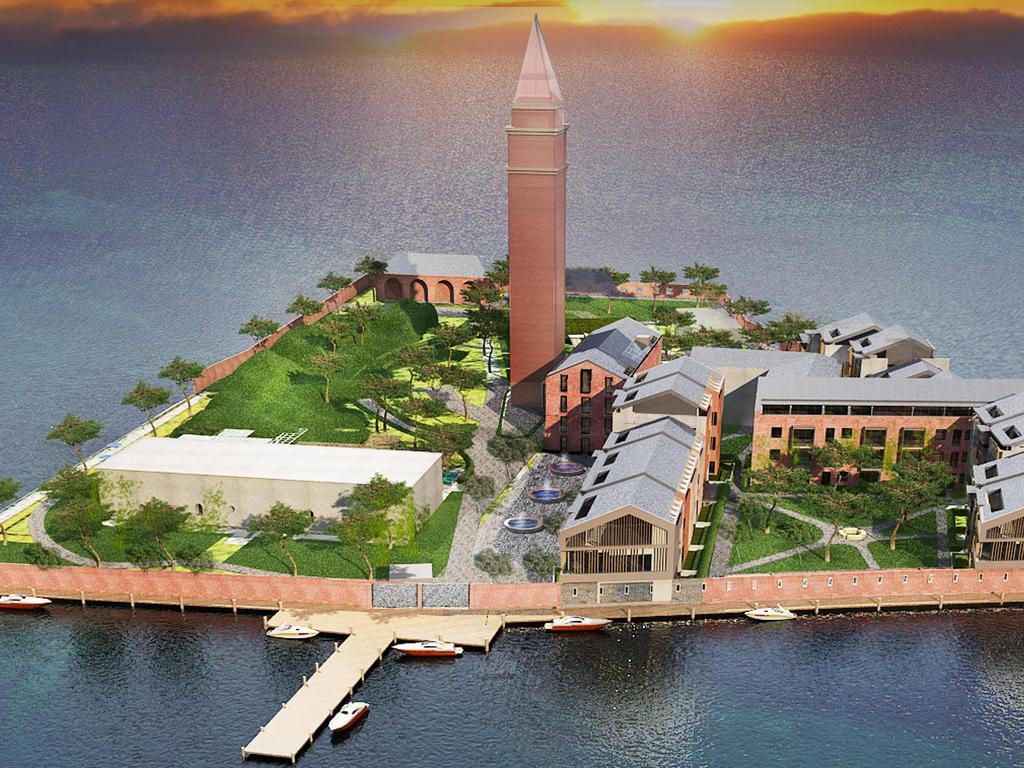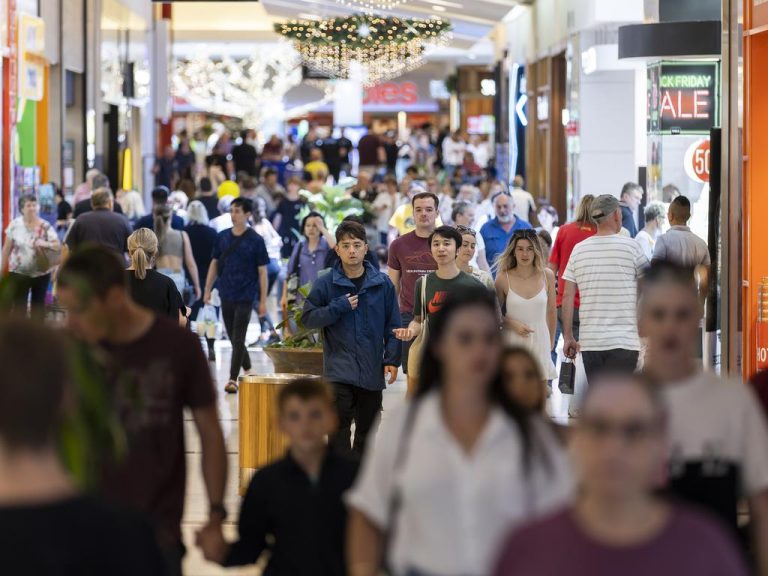Mayfair’s one time Venetian island resort dreams sinking

Isola San Spirito in the Venetian lagoon has a couple of dilapidated buildings and is far from the Venice tourist circuit.
The future of a Venetian island purchased by fallen Mayfair 101 founder James Mawhinney with hopes of transforming it into a luxury resort remains clouded with little prospect of investors recovering funds pumped into the venture.
The island, bought in mid-2018 when the entrepreneur was riding high is now under the control of Dye & Co as liquidators of the IPO Wealth unit that was part of his empire.
Mayfair has not owned the island for more than a year as in late 2020 the liquidators gained control of the British company which owns the project.
While some parties have shown interest in the island, any recoveries could be hampered by the indebted Italian structures in which the island is held, a disputed joint venture, and the island’s distance from the tourist drawcards of Venice.
Despite Mayfair 101 promoting the development of a self-sustaining five-star resort and luxury residential apartments on the abandoned quarantine station, Isola San Spirito in the Venetian Lagoon, it has poor infrastructure and sits outside the regular tourist circuit in Venice, according to nearby residents.
Mayfair told The Australian that the liquidation had meant that basic infrastructure which would add value to the project had not been completed.
At one stage, the entity that financed the purchase was owed $20m. A valuation was never put on the island by Mr Mawhinney or any Mayfair entities.
The property was listed by Colliers in 2012 with an asking price of €28m and Mayfair disclosed that it had paid less than half this asking price.
Mayfair insisted that it put in considerable financial, legal and development due diligence prior to entering into the transaction, via its legal representatives in Rome, and O1A Architecture.
However, the island has only a couple of dilapidated buildings, making it difficult for water taxis, the only form of transport available, to land, according to locals.

Mayfair 101 founder James Mawhinney at Mission Beach.
It would also take about one hour and cost €150 ($230) to access the island via water taxi – the only form of transport presently available, several locals told The Australian.
Mayfair argued that the island was only a ten minute water taxi ride from Venice’s San Marco Square, and it can be seen from the famous Hotel Danieli restaurant, saying the cost was far lower than locals had suggested.
Upon his purchase of the island, Mr Mawhinney told investors he had plans to convert it into a luxury resort and hired international architects to draw up concept plans.
In a 2020 Supreme Court of Victoria decision, judge Ross Robson delved into the Isola San Spirito deal, finding that a chain of transactions in which a British vehicle controlled by Mr Mawhinney ended up purchasing the shares of the companies owning the island was of “questionable validity”.
By late 2020, as his empire folded, Mr Mawhinney reached a deed of settlement and transferred the island’s ownership back to benefit creditors.
Dye & Co flagged in an update the difficulties in recouping its investment.
A joint venture deal struck in November 2018 between Mayfair and Melbourne-based O1A group, which worked up plans for the luxury hotel and residential project under which IPO Wealth was to pay development costs, is a major complicating factor.

The vision for San Spirito.
The liquidators defended an invoice for more than €2m over work purportedly done, but flagged the prospect of more legal action over their venture.
Dye & Co noted the difficulty of finding new directors for the Italian companies that own the island due to unpaid debts.
One entity was classed as distressed and insolvent by Italian banks and owed about €4.5m and carried liabilities of another €160,000.
Difficulties in opening a bank account had created problems in developing the island.
Public examinations revealed that no building permits were obtained, and the designs prepared by O1A were subject to copyright, with the estimated development costs at between €45m and €65m.
Dye & Co has received approaches for the island, but may even appoint a liquidator in Italy to administer the company and sell the island.
“At this stage we do not know if there will be a return on the investment,” Dye & Co told investors.







